Mar 24 2017
The Proof of the Pudding – a 6k head race test with power meter
So yesterday I had some theories about how you can use the metrics of a power measuring oarlock (the NK Empower Oarlock in this case) to find an optimum race strategy and keep an eye on technique during the race.
This morning I tested some aspects of this theory. This is part of the philosophy I have for the rowsandall.com rowing data analytics site. I will try to test as much as I can so that you, the users, can be sure that what we recommend has been tried and tested. We (that is I and our alpha and beta testers) use all the apps that the site is compatible with and we make quick adjustments when something doesn’t work.
Back to the 6k test now. First, I did a 2k warming up:
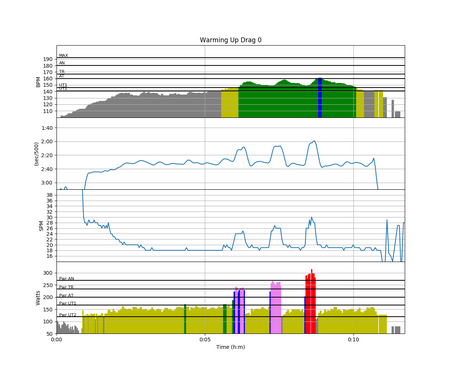
After that is was time for the proof. I set the SpeedCoach display as follows:
-
Top Left: Stroke Rate
-
Top Right: Instantaneous Power (Watts)
-
Bottom Left: Effective Stroke Rate (degrees)
-
Bottom Right: Work per Stroke
For (4), you could argue that I should have chosen maximum or average force, but the problem was that I didn’t have a feel for the data. This is partly my own fault. On the site, I am using pounds, a horrible American unit, while the SpeedCoach uses the perfectly sound Newton. I need to convert the site to Newtons. I don’t think anyone will object. For now I use work per stroke, though, because I feel I shouldn’t go above 550 J or below 500 J.
The effective stroke length is the stroke length minus slip and wash, so it is the arc through which you are effectively pulling. Stroke rate was there to check that when the other metrics tell me to lighten up and rate up, I am actually achieving that goal.
So, no pace information? No distance? Correct. As I was rowing on a 2k FISA compliant race course, I had enough visual clues about my position, with a sign every 250m, and a sequence of buildings as you approach the finish line. And pace? I decided that pace was irrelevant. (I did cheat a little, because my Garmin watch on the scull provided pace in time per km, so a division by 2 would give me the infamous pace per 500m.
There was a light wind, which would be a headwind in the first and last 2k sections. After each 2k section, I would have to quickly turn. I contemplated setting the row up as a 3x2km workout with 1 minute rest, but decided I wouldn’t do that. I rowed it as a Just Row.
Here are the results:
Workout Summary - media/20170324-083240-SpdCoach 2136923 20170324 0726amo.csv
--|Total|-Total-|--Avg--|-Avg-|Avg-|-Avg-|-Max-|-Avg
--|Dist-|-Time--|-Pace--|-Pwr-|SPM-|-HR--|-HR--|-DPS
--|06117|27:20.0|02:14.1|225.9|26.3|173.9|185.0|08.5
W-|05908|25:36.0|02:10.0|232.8|26.4|174.0|185.0|08.7
R-|00211|01:44.0|04:06.0|099.1|24.0|171.9|185.0|00.0
Workout Details
#-|SDist|-Split-|-SPace-|-Pwr-|SPM-|AvgHR|MaxHR|DPS-
00|01968|08:33.0|02:10.3|234.7|26.4|167.0|177.0|08.7
01|01976|08:34.0|02:10.0|231.0|26.1|175.4|181.0|08.8
02|01963|08:29.2|02:09.7|232.7|26.8|179.6|185.0|08.6
In graphs:
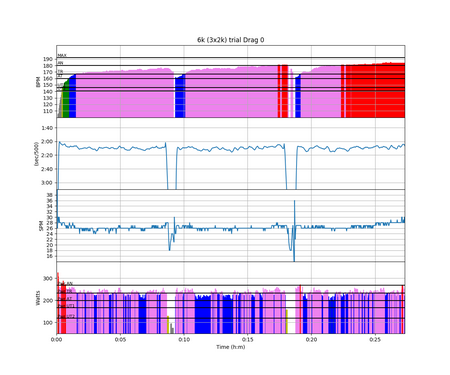
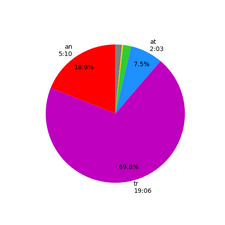
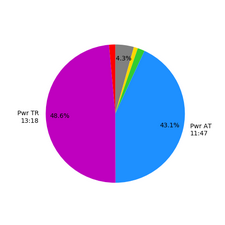
I wasn’t entirely sure about the ideal Power value, but I guessed that 250W would be too much, and I took Monday’s 4x2km at 211W as the lower boundary. In the end that worked out to 233W average. During the row I saw it vary between 210W and 250W. Some of that was due to course corrections (the wind was a headwind but also a slight crosswind). I was worried about the low stroke rate, but I also know it takes a few of these trials to get the stroke rate higher. I decided to stop worrying about it and focus on length, power, and work per stroke.
The effective length was a bit lower than I had hoped, and I consciously worked to get the values above 90 degrees. But then, I didn’t want to look at the SpeedCoach for each and every stroke, so the values slipped a bit as I got tired. I think you can also see that my effort was quite constant in the end.
The question is always if I could have gone faster. In a 6k race, on race day with the adrenalin, and without the turns, I think I could. But still it will be a smart strategy to stick to these values for the first 4.5km, and only go faster in the final stretch.

Drive length oscillating around 89 degrees (would have liked to see a bit more there).
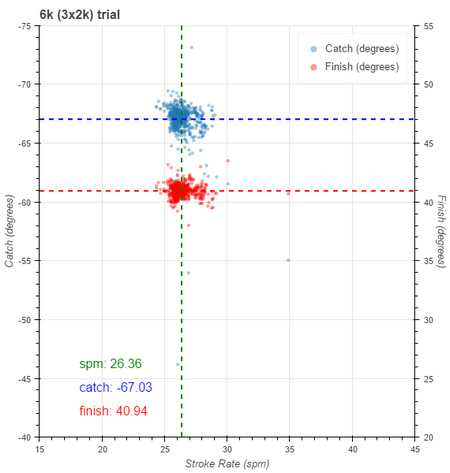
Catch and finish angles in a pretty narrow range.
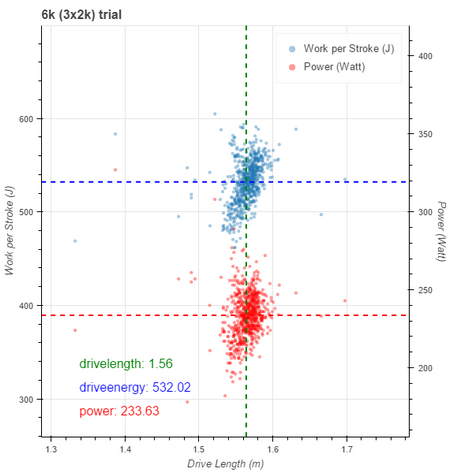
It looks like work per stroke and power are mainly determined by the drive length.
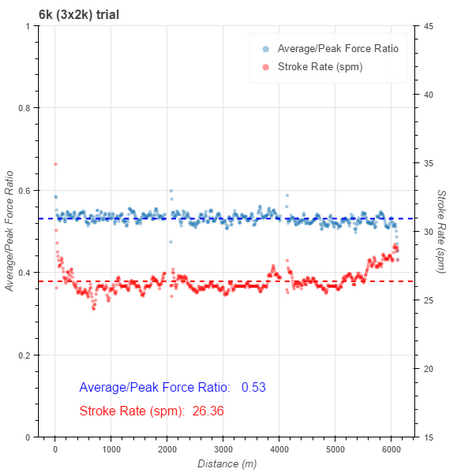
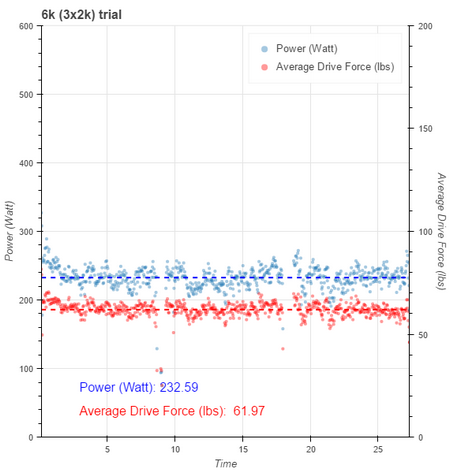
Pretty constant in the average drive force. This tells me that most of the Work per Stroke variations are from the effective drive length.
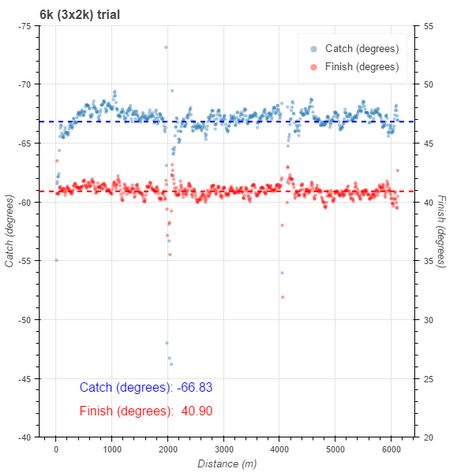
Not sure what the big differences in catch angle mean.
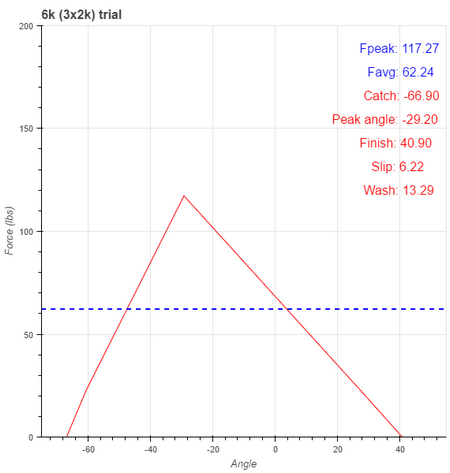
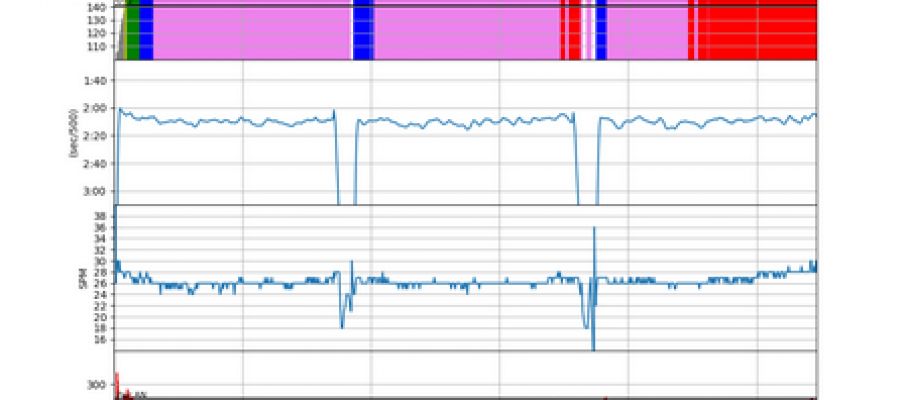
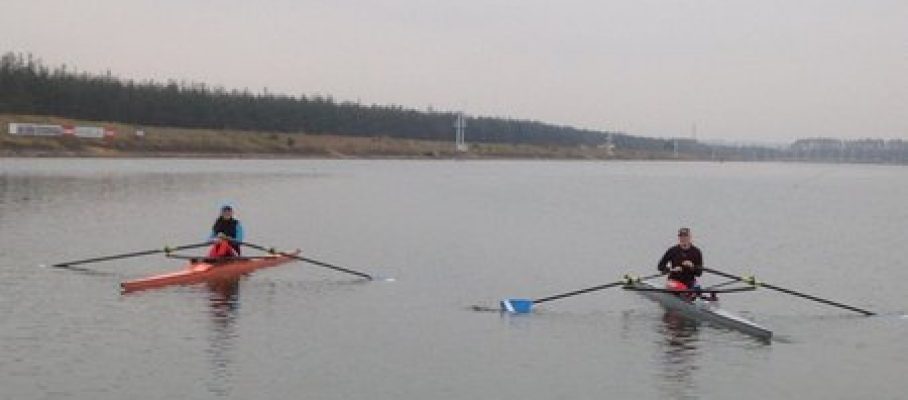
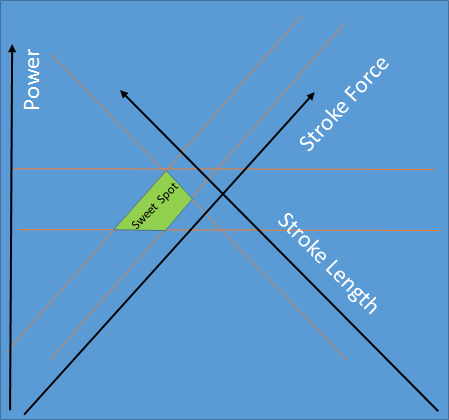

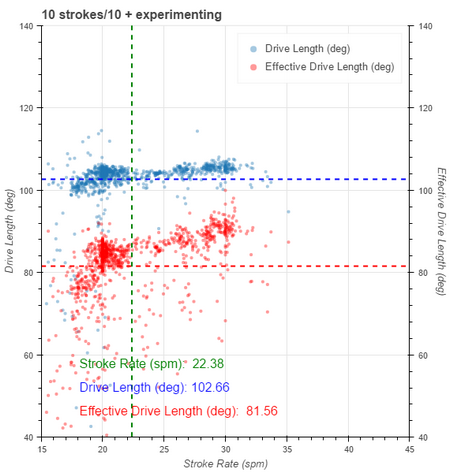
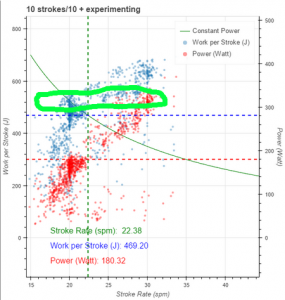
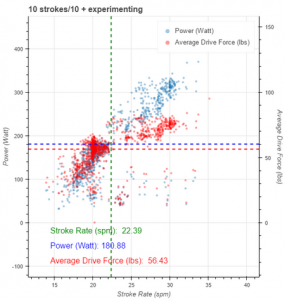
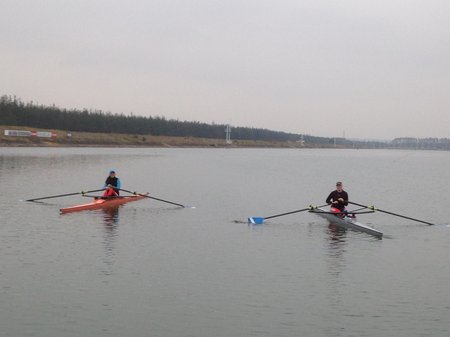
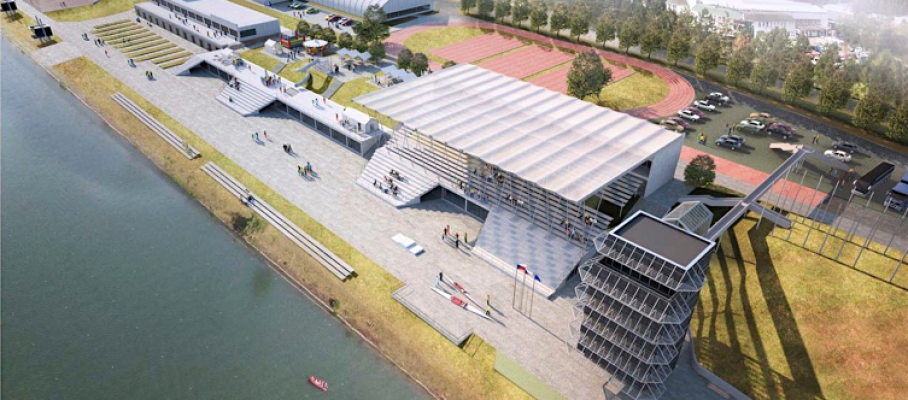
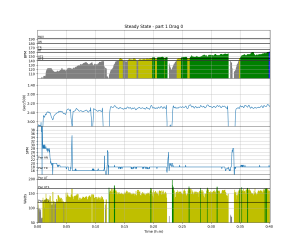
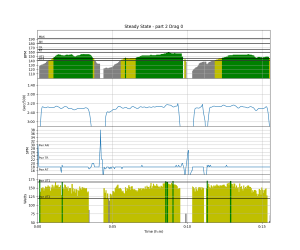
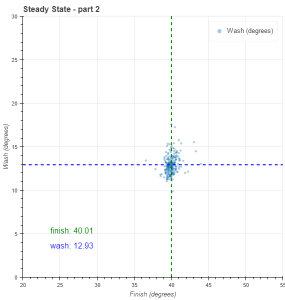
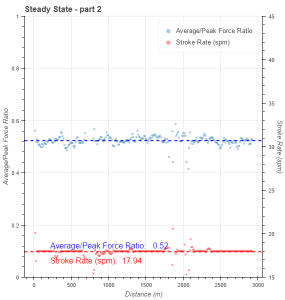
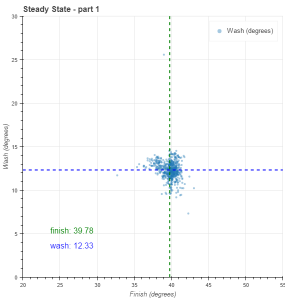
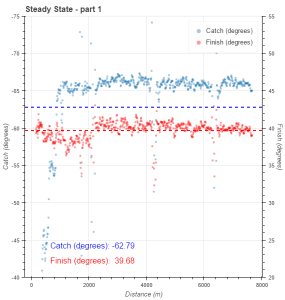
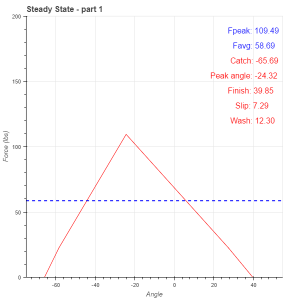
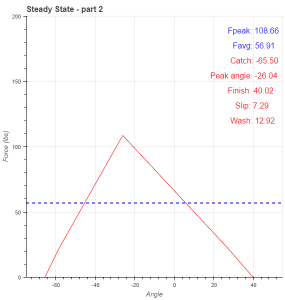
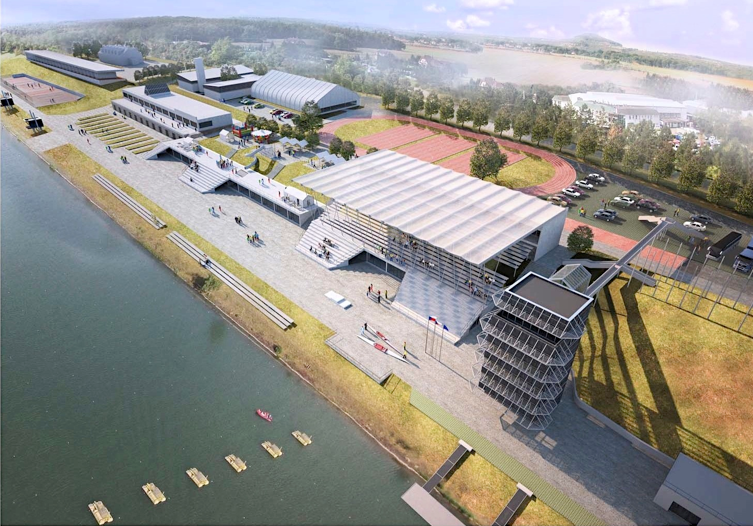

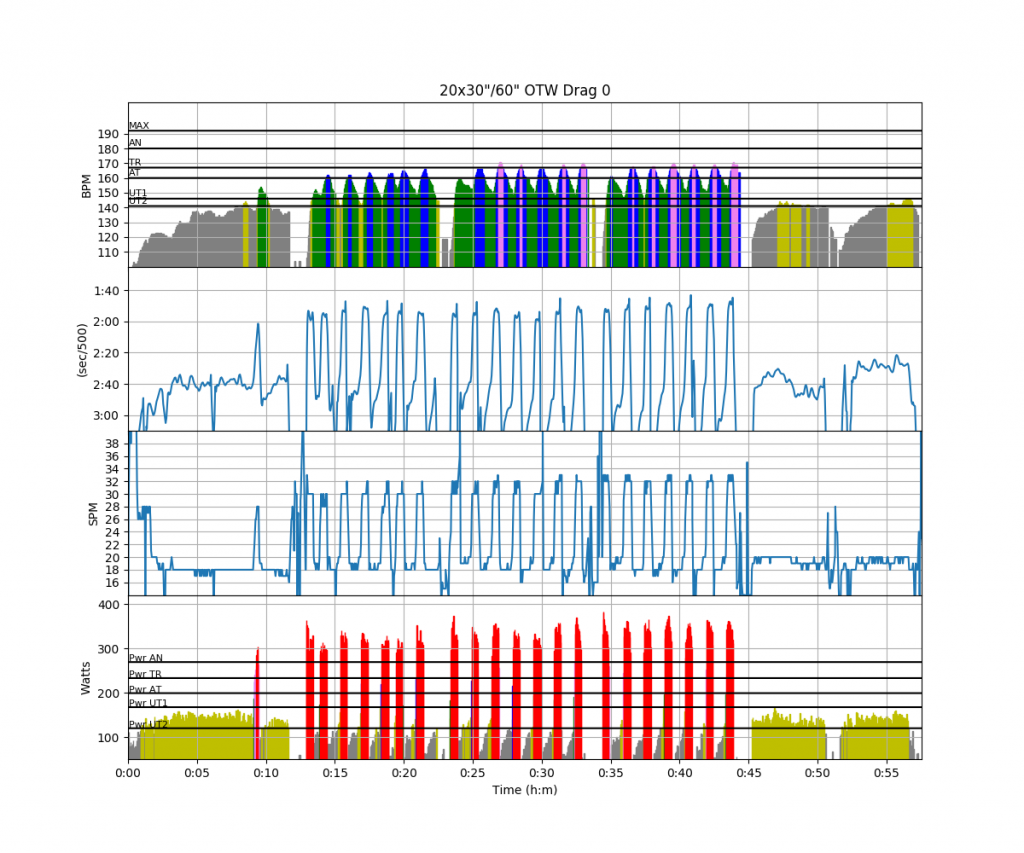
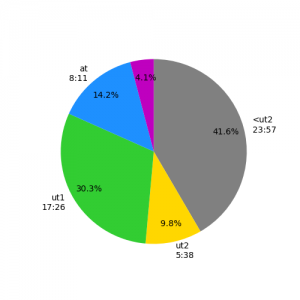
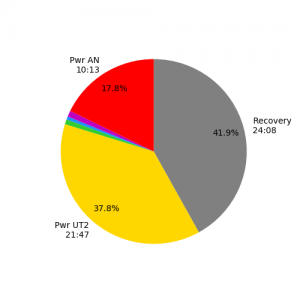
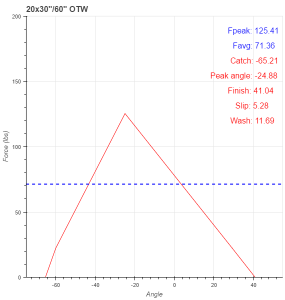
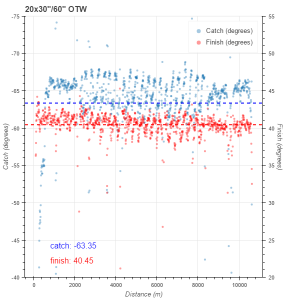
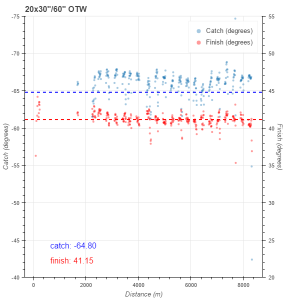
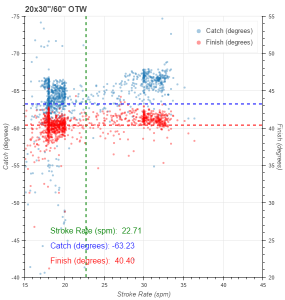
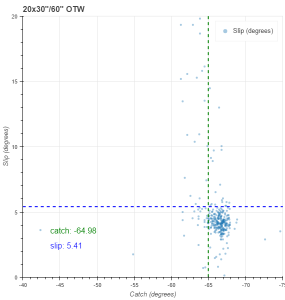
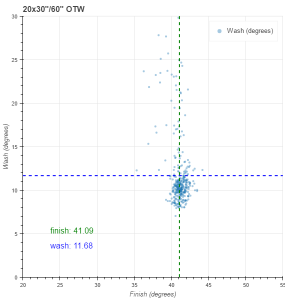
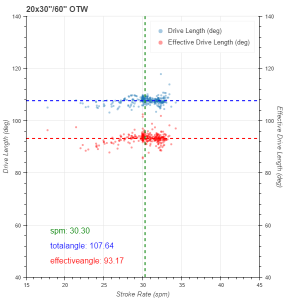
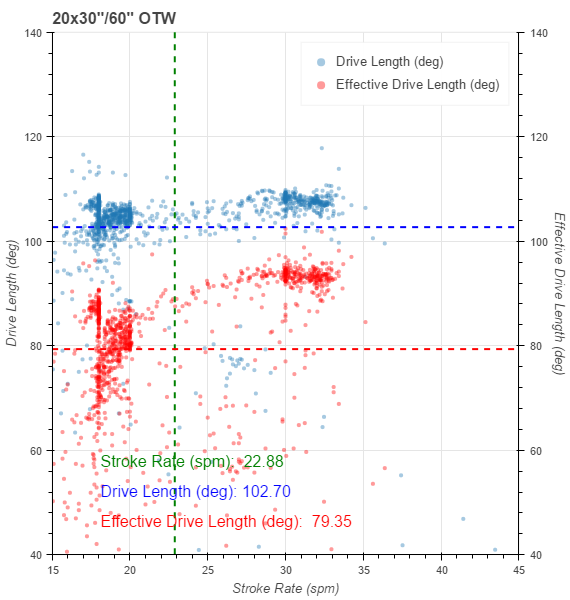

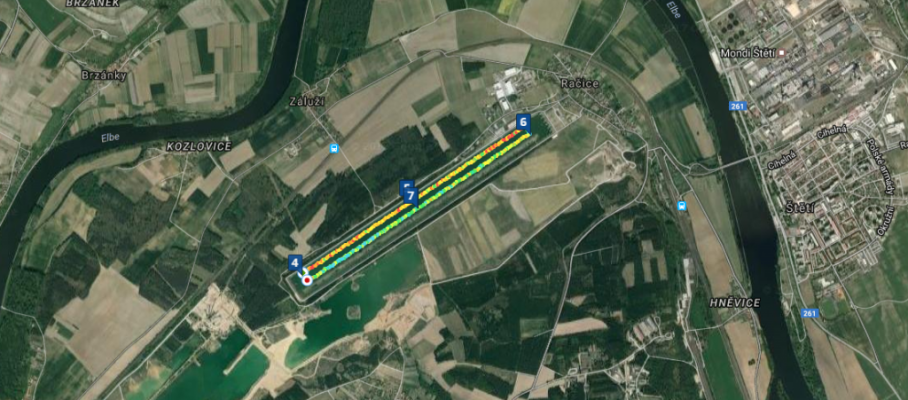



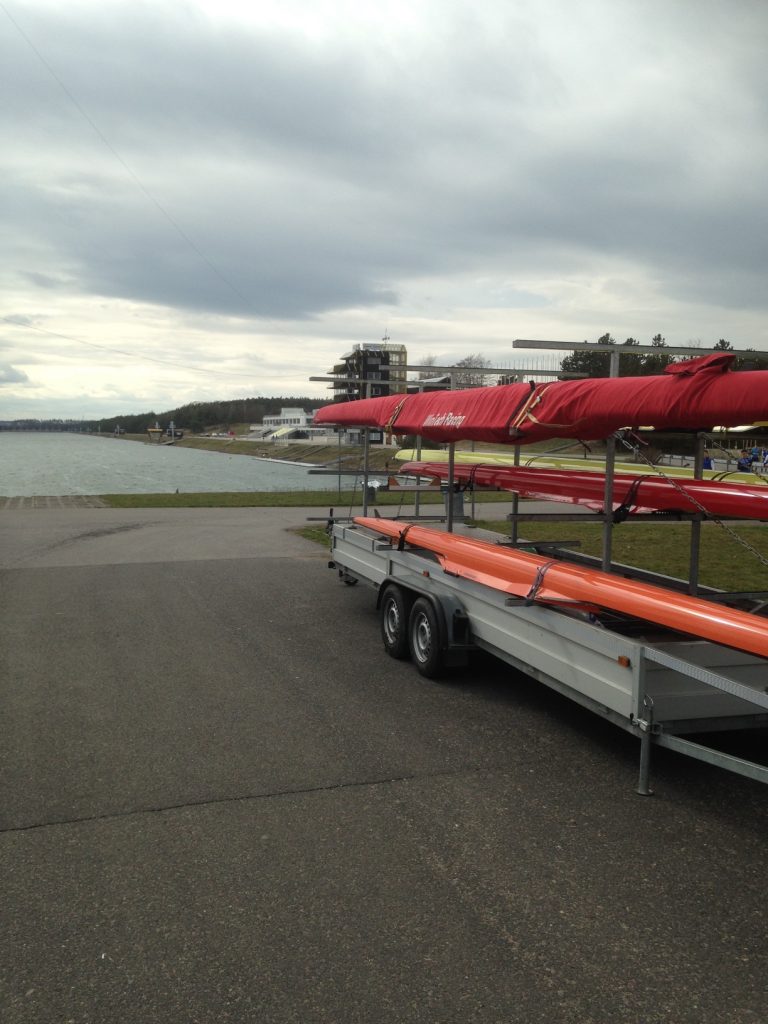
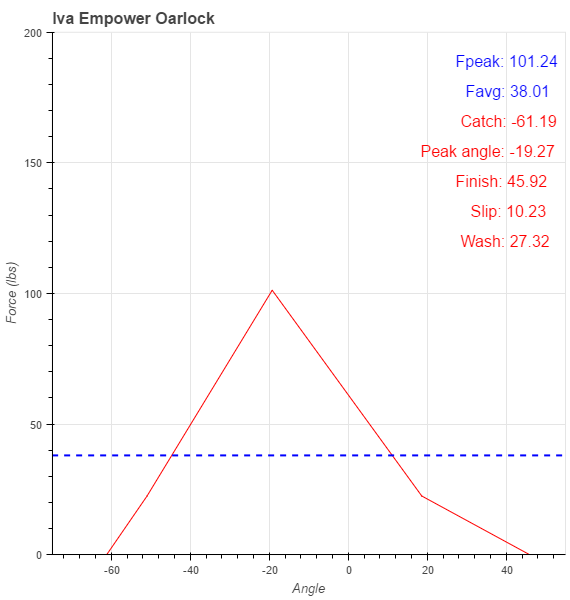
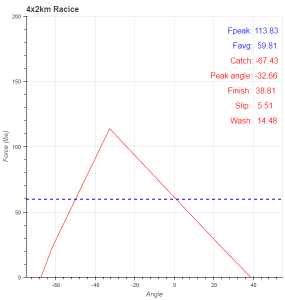
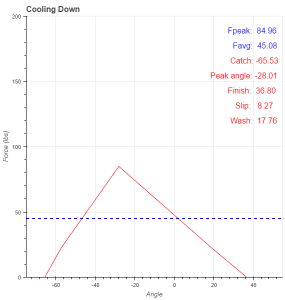
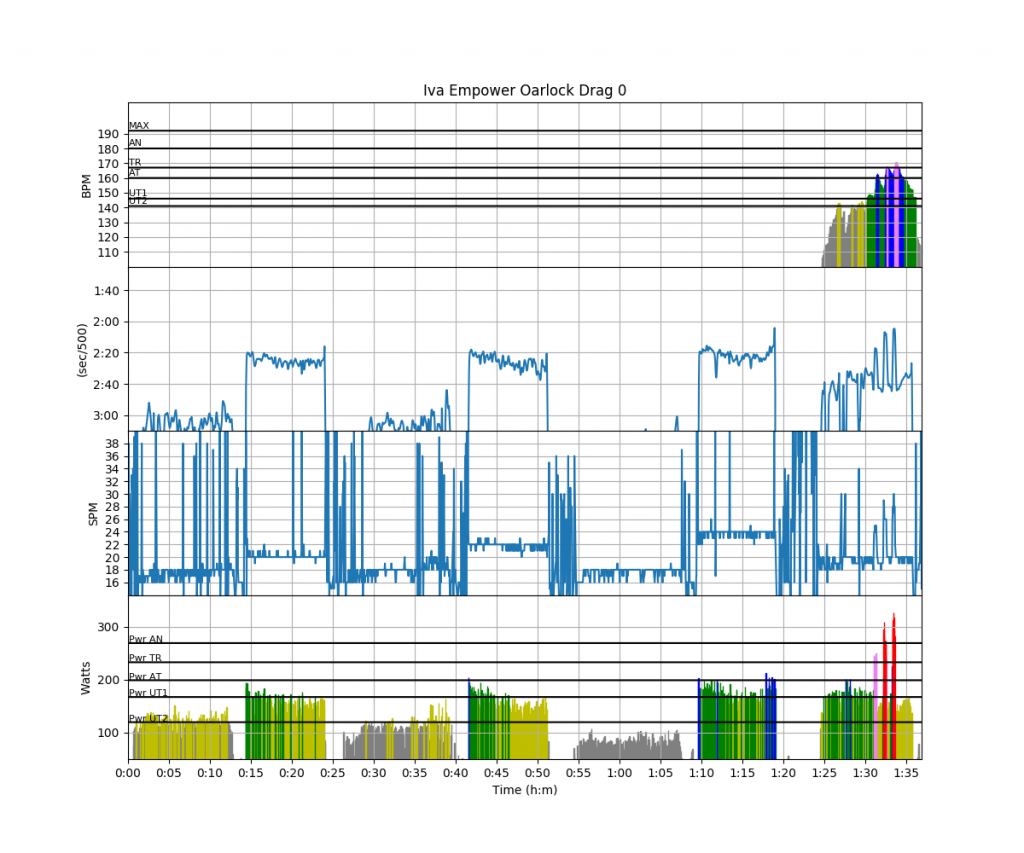
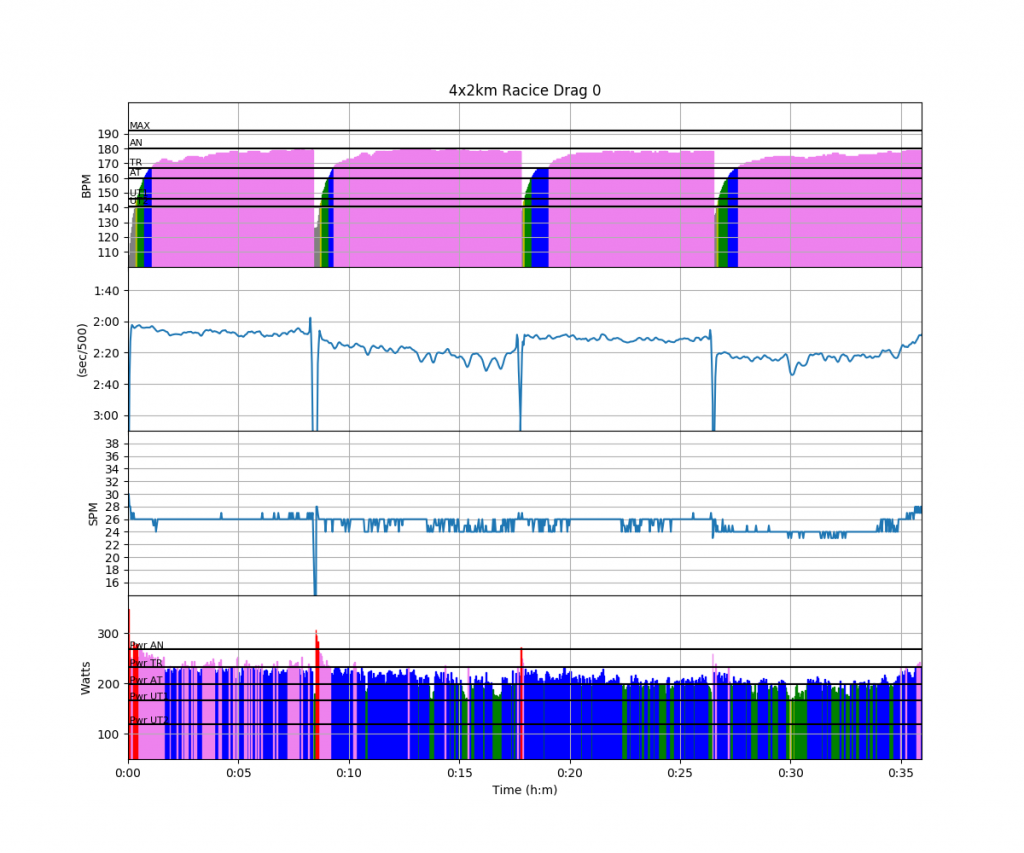
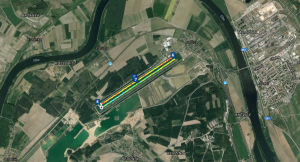
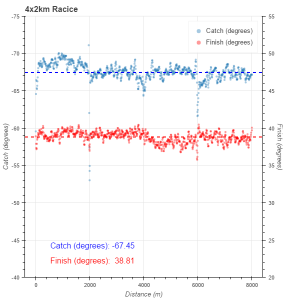
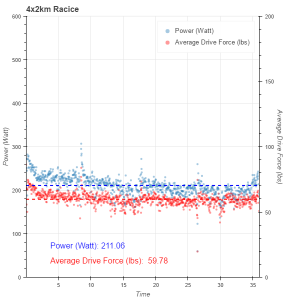
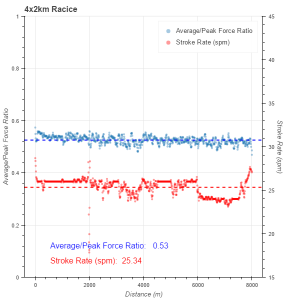
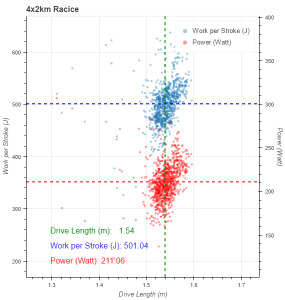
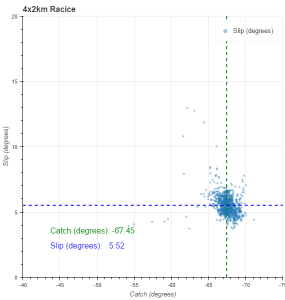
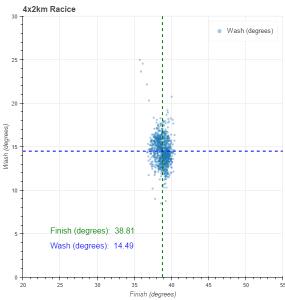
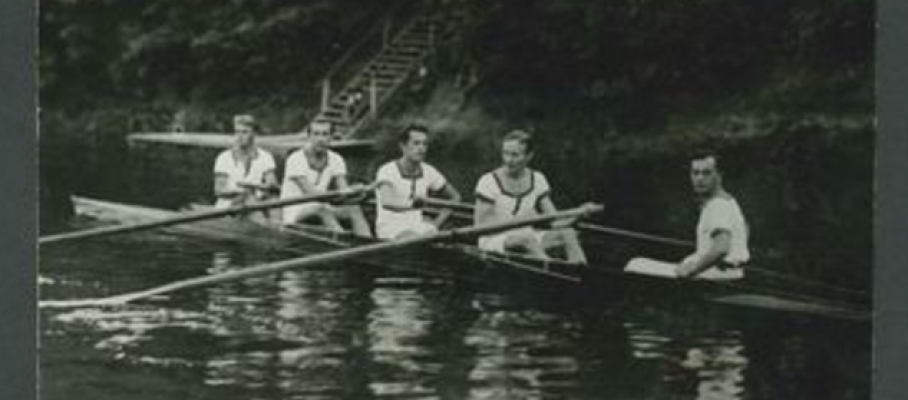
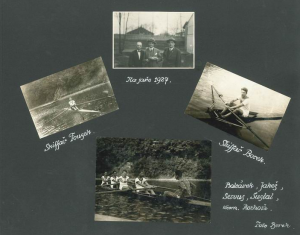
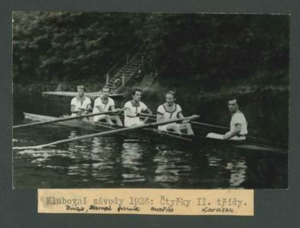
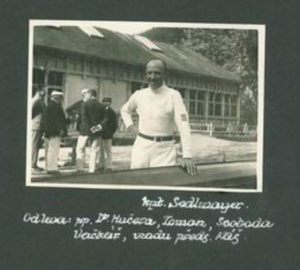
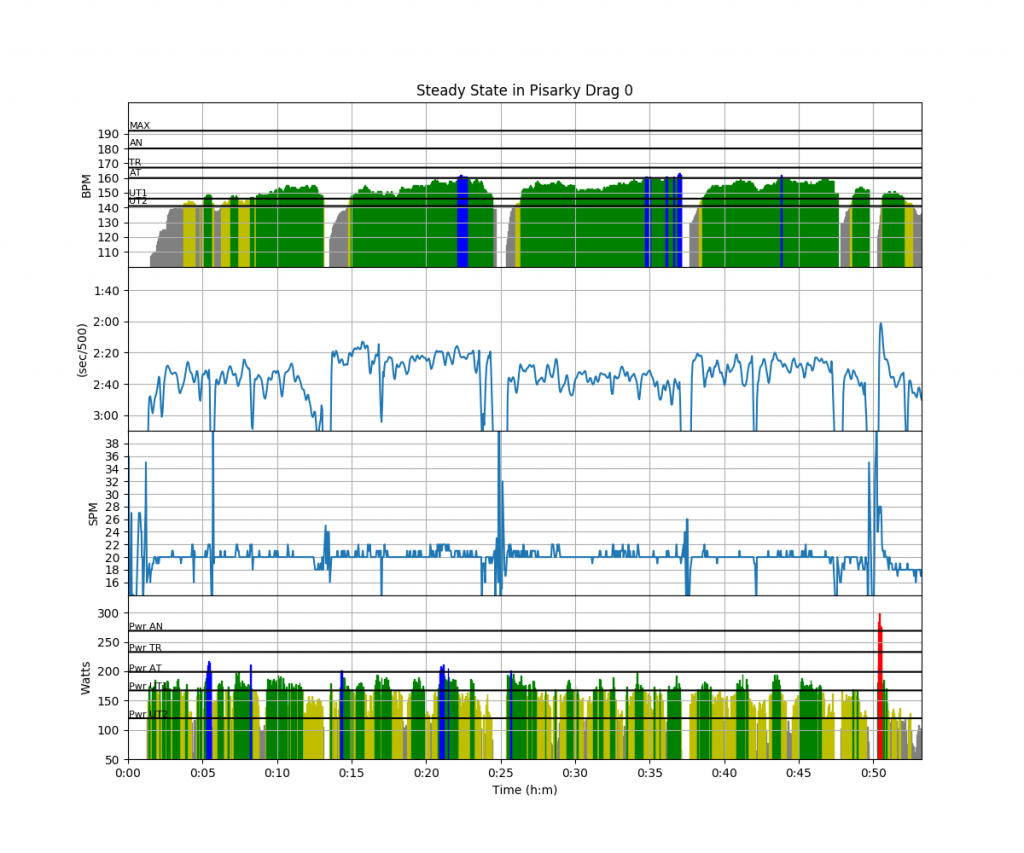
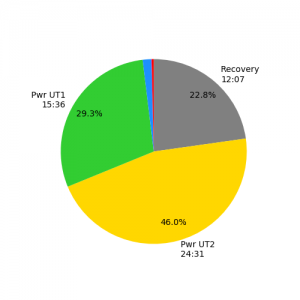
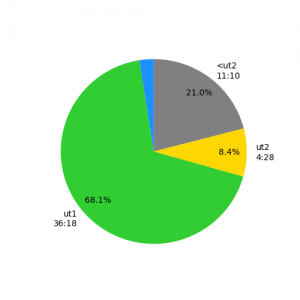
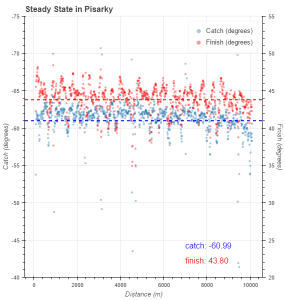
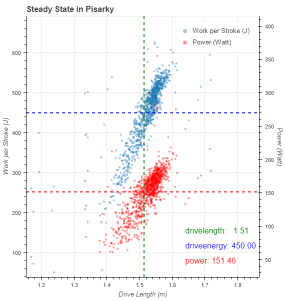
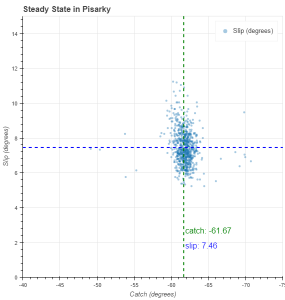
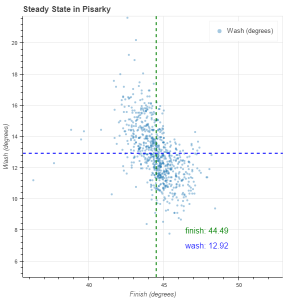
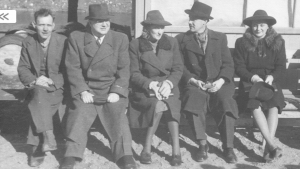
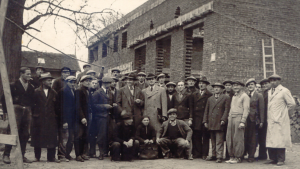
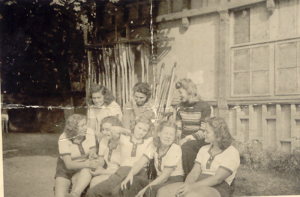
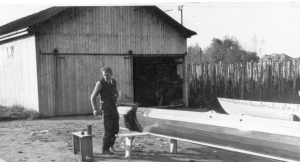
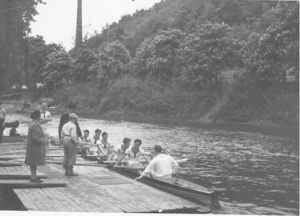
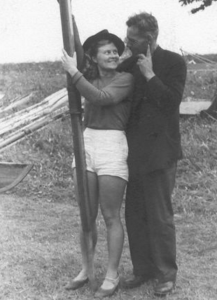
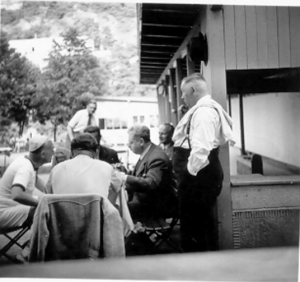
Mar 25 2017
Sunny Steady State Session (SSS session)
This was just a very nice morning at the rowing club. Arrived at 9:30, in time for my son’s training time. Lenka helped me swap the oarlock pins on my single for better ones. Since I have backstays, I need the screw-thread on the top of the pin to be longer for all the bolts to fit on nicely. So that is now the case.
Then I took the single for this year’s first row on the lake.
Here is the graph from rowsandall.com:
During the row, I had set the SpeedCoach monitor to the most basic parameters you can have: Stroke Rate, Pace, Distance and Elapsed Time. I just focused on rowing. It was nice weather. This was a 12km steady state. I was tired from the week in Račice, and I didn’t feel like focusing on complex parameters.
The Empower Oarlock magnet moved a bit during the row. Even though I had screwed it tight. I suspect that the new pins are a bit greasy. This made the catch and finish angle measurements unusable, but all the other metrics are still valid. I leave it as an exercise to the reader to spot the headwind and tailwind segments. As a hint, the nearest airport (16km) reported 3kt wind from the North.
After the row, I took out our double and rigged it. It was nice to stand in the sun, mess around with a double, and chat with the other rowers.
I fell asleep in my chair while trying to process my workout. I guess I have some lack of sleep and accumulated fatigue.
I hope to persuade Romana to go for a technique outing in the double, followed by a sauna session. By the way, Romana was in Pardubice today to do rowing trainers’ exams. She passed. Yay! Now she is officially certified.
By sanderroosendaal • Uncategorized • 0 • Tags: lake, OTW, rowing, single, steady state, training